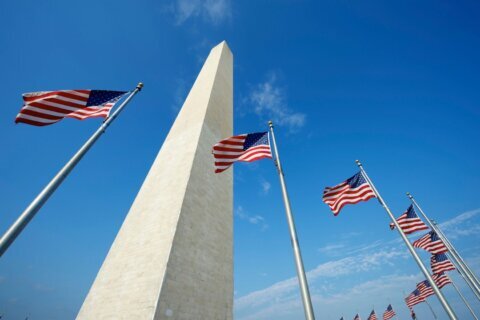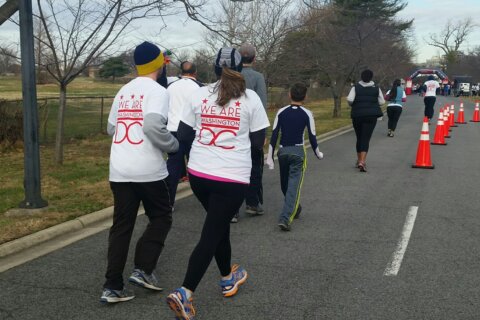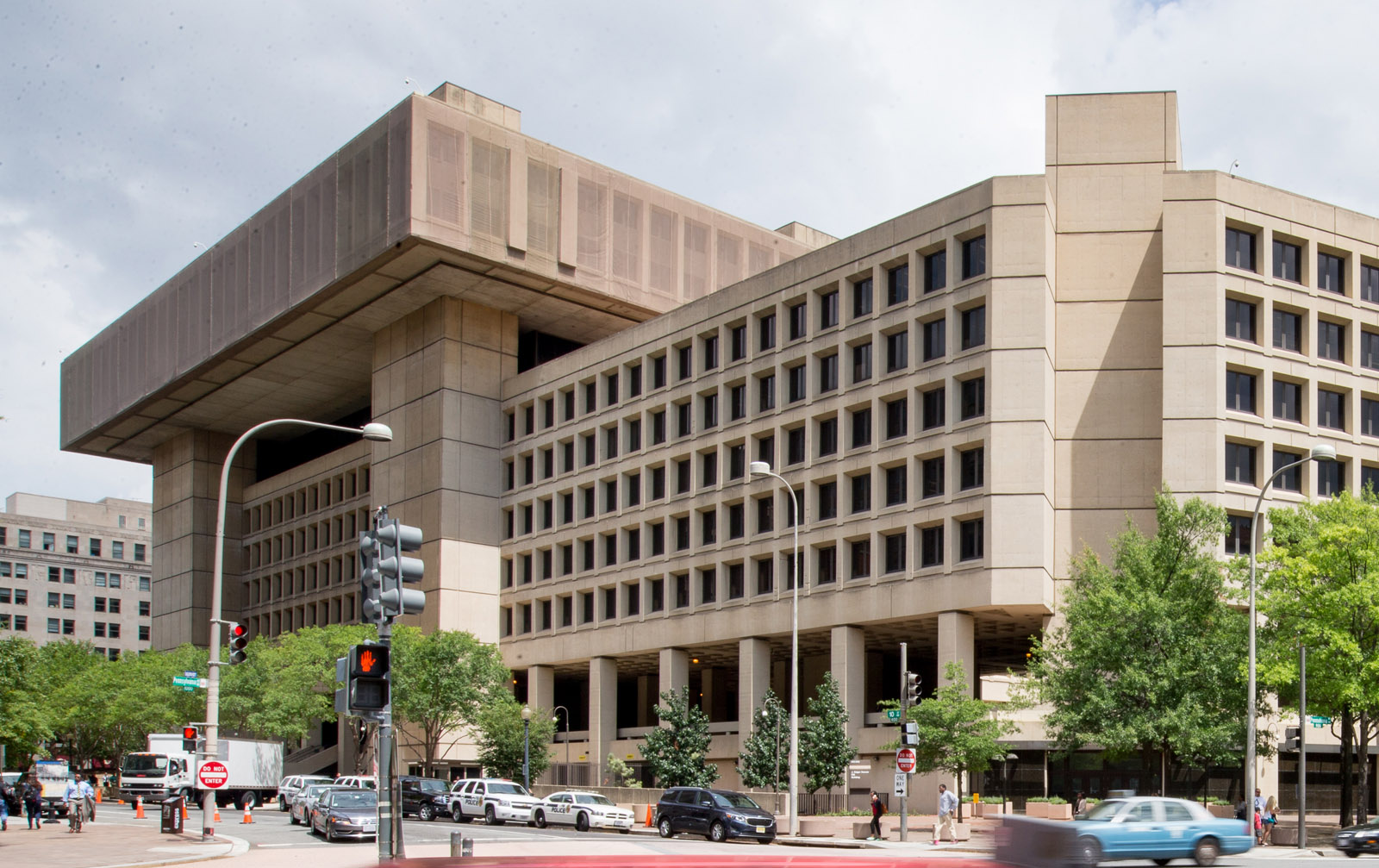
D.C. will have a curfew starting 11 p.m., Mayor Muriel Bowser announced at a briefing Wednesday afternoon.
Metro is planning to keep regular COVID-19 hours for Wednesday. That means rail service ends at 9 p.m., and bus service ends at 11 p.m.
The curfew for Monday and Tuesday nights had started at 7 p.m., and Bowser previously said she did not intend to extend the curfew.
Her decision came after demonstrations remained largely peaceful throughout the District on Tuesday.
D.C. police Chief Peter Newsham said protest-related arrests dropped from 288 on Monday to 19 on Tuesday, a day Newsham said more than 5,000 protesters were on the streets.
“The behavior of the protesters suggests that we should push the curfew back,” Newsham said.
Bowser said she doesn’t know if or when curfews will be in effect after 6 a.m. Thursday. “We regard putting a curfew in place as something very serious, and we make that decision situationally based on our public safety needs,” Bowser said.
Since the first protest-related arrests were made Saturday, 418 have been arrested.
At the briefing, Newsham said 63% of arrests were for violating curfew, 11% for felony rioting and 11% for burglary. Over 40% of those arrested are from D.C., while 35% are from Maryland and 15% are from Virginia.
What happened at Swann Street
City leaders are still sorting out the aftermath of the chaos that broke out Monday night, when the number of people arrested was three times higher than any other night of protests.
Newsham said the department is opening an internal investigation into alleged police misconduct on Swann Street Northwest, which Newsham said included the use of pepper spray.
Of the 194 arrested during the encounter, Newsham said no one resisted arrest or was hurt, but a resident who harbored protesters in his home disagrees.
Rahul Dubey sheltered somewhere between 10 to 30 people in his Swann Street house, according to police accounts. Newsham said D.C. police didn’t detain anyone holed up in Dubey’s home, but according to Dubey, police “decimated” and beat protesters during the confrontation.
“That was very disturbing to hear,” Newsham said.
Federal presence
The presence of federal officers has also been a point of contention among local leaders during the protests.
Newsham confirmed that U.S. Customs and Border Patrol officers were in D.C. for Tuesday’s protests. Bowser said Wednesday that the only federal assistance she has asked for is 100 unarmed members of the D.C. National Guard, and FBI and DEA officers before that.
“We think that the federal purposes are being stretched, and there has to be a determination of what federal purposes are being served, and that’s what we will continue to examine legally and push back on,” Bowser said.
The mayor added that federal officials are using 16th Street between H and I streets as part of a perimeter for the White House.
“That is a D.C. street,” Bowser said. “I think that’s going to be a point of contention.”
Both Newsham and Bowser also pushed back at the use of a low-flying helicopter to disperse protesters. Bowser said the helicopter was sent by a federal agency, and called the move “wholly inappropriate” and a “potentially dangerous scare tactic.”








